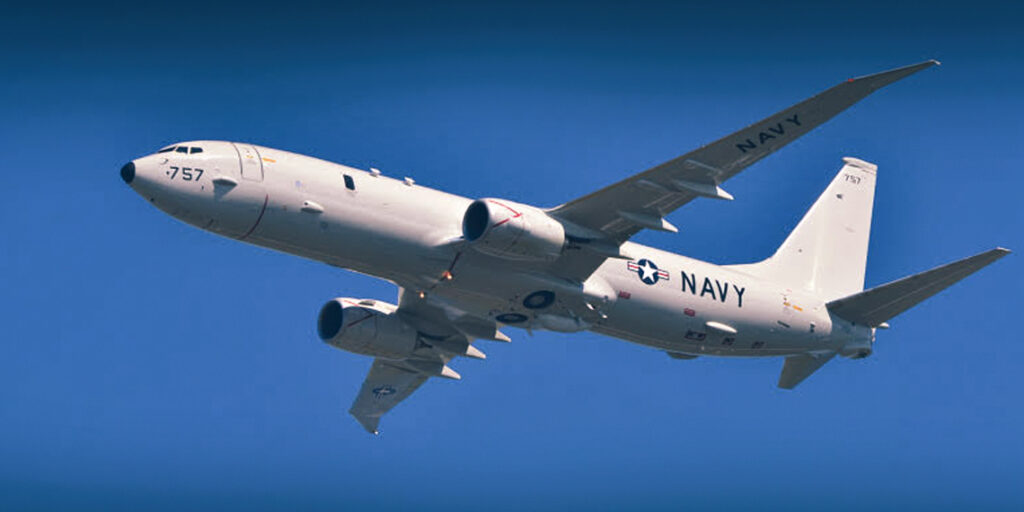The United States has re-established a military presence in Scotland for the first time since the 1990s, sparking significant alarm over potential impacts under a future Donald Trump administration.
This renewed presence comes with the opening of a facility in Lossiemouth, Moray, in May.
The new facility marks the return of US military forces to Scottish soil, decades after their withdrawal following the Cold War.
The US Navy contributed funds for the construction of facilities at Lossiemouth to accommodate its Poseidon P8 anti-submarine reconnaissance aircraft, which will operate alongside UK forces.
Concerns have mounted due to the political implications of this renewed presence, especially with the potential return of Trump to the White House.
Defence expert Duncan Campbell labelled the move as “profoundly concerning” in light of a Trump presidency, citing risks for both supporters and opponents of US military operations in Scotland.
It has come to light that the Scottish Government was not consulted about the stationing of US warplanes at the site.
This has fueled criticism from campaigners who argue that Scotland is being incorporated into the US’s strategic military and nuclear plans without public consent.
The UK Ministry of Defence (MoD) countered these claims, stating that it is misleading to label the facility as a new US base.
The MoD described the development as a “US naval detachment” at Lossiemouth, part of a larger £350 million upgrade that also included new accommodations, a specialised aircraft washing plant, a resurfaced runway, and upgraded fire-fighting facilities.
Lossiemouth has been home to nine RAF Poseidon aircraft since 2020, which have now been joined by a US squadron of Poseidon P8s.
The aircraft are equipped with advanced surveillance technology to track submarines and carry non-nuclear torpedoes and cruise missiles. Together, the US and UK forces will patrol the waters between Greenland, Ireland, and Norway to monitor potential Russian submarine activities.
The US Sixth Fleet, overseeing operations in Europe and Africa, hailed the establishment of these facilities as a “strategic enhancement” to strengthen operational synergy with the RAF.
Captain Aaron Shoemaker, a US Navy commanding officer, emphasised the importance of the facilities in supporting operations in the North Atlantic.
From the 1960s, Scotland hosted several significant US military bases, including nuclear-armed submarines at Holy Loch and facilities in Machrihanish and Edzell.
These bases were dismantled in the 1990s, with the last, at Edzell, closing in 1997. The return of US forces to Lossiemouth has revived memories of this history and raised questions about Scotland’s current role in US military strategy.
Campbell noted that this development seems to anticipate increased anti-submarine operations against Russia in the northeast Atlantic.
He added that the current situation is “catastrophic” given the uncertain stance Trump may take, especially after allegedly encouraging Vladimir Putin to challenge NATO.
The Scottish Campaign for Nuclear Disarmament (CND) has expressed serious concerns, describing the US presence as further embedding Scotland in US nuclear warfare capabilities.
Chair Lynn Jamieson criticised the lack of public input and argued that the renewed military link compromises real security needs.
Reports also indicate the potential return of nuclear weapons to Lakenheath, Suffolk, intensifying fears that Trump’s influence could extend to Lossiemouth.
Jamieson called for an end to the UK’s “special relationship” with the US before it could lead to further military escalations.
The Scottish Greens voiced strong opposition, warning that Trump’s presidency poses a global security threat and could bring instability to Scotland.
Co-leader Patrick Harvie MSP condemned the US’s history of aligning with regimes that violate human rights and stated that Scotland must be cautious of being used as an outpost for power projection, particularly with the potential for rewarding Putin amid his war in Ukraine.
The return of the US military presence in Scotland at such a volatile time has sparked deep concerns among defence experts, campaigners, and political leaders, all questioning the implications for the region’s security and sovereignty.


